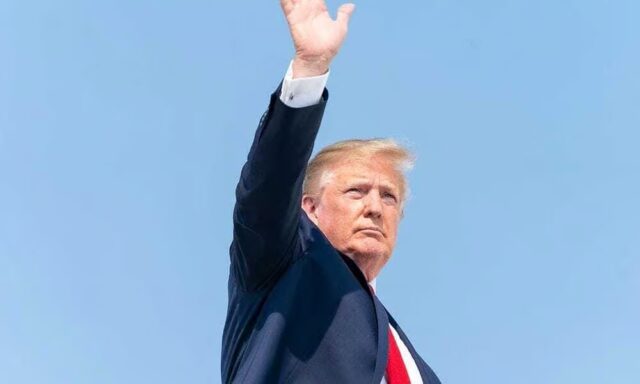WASHINGTON: U.S. President Donald Trump has implemented tariffs on imports from China, Canada, and Mexico.
Trump signed an order making the tariffs official, fulfilling his previous trade warnings.
Canadian authorities were informed about a 25% tariff on exports to the U.S., effective Tuesday.
However, Canadian oil exports to the U.S. will only face a 10% tariff.
Mexico and China Face Trade Restrictions
Mexico will also see a 25% tariff imposed on its exports to the U.S.
China, another major trade partner, will face a 10% tariff on goods exported to America.
These measures aim to protect U.S. industries and reduce trade deficits.
Officials believe the tariffs will encourage companies to manufacture more products domestically.
White House Stance on Retaliation
The White House has warned against retaliatory actions by affected nations.
Officials stated that any countermeasures would be met with a strong response.
Trump’s administration claims these tariffs will create jobs and boost the economy.
However, critics argue that such moves could harm global trade relations.
Economic and Political Reactions
Economists fear these tariffs might lead to higher consumer prices in the U.S.
Trade analysts suggest that Canada, China, and Mexico might introduce counter-tariffs.
Businesses relying on imported goods could face increased production costs.
Some lawmakers worry that escalating trade disputes could impact diplomatic ties.
Global Trade Tensions Rise
China has previously responded to U.S. tariffs with countermeasures on American goods.
Mexico and Canada might also introduce new policies to protect their industries.
Global markets reacted with uncertainty following the tariff announcement.
Investors fear prolonged trade tensions could disrupt economic stability.
Future Trade Talks Expected
Experts anticipate negotiations between the U.S. and its trade partners.
Talks may determine whether these tariffs remain in place long-term.
The administration remains firm on its stance despite global concerns.
Further developments are expected as trade negotiations continue.











